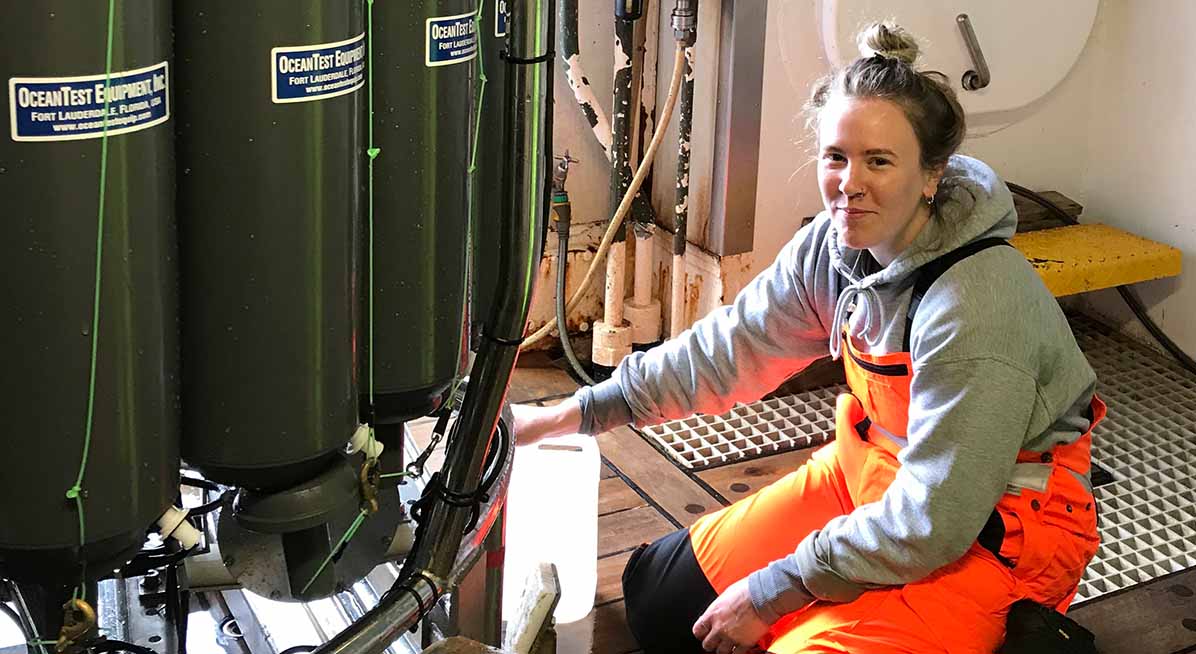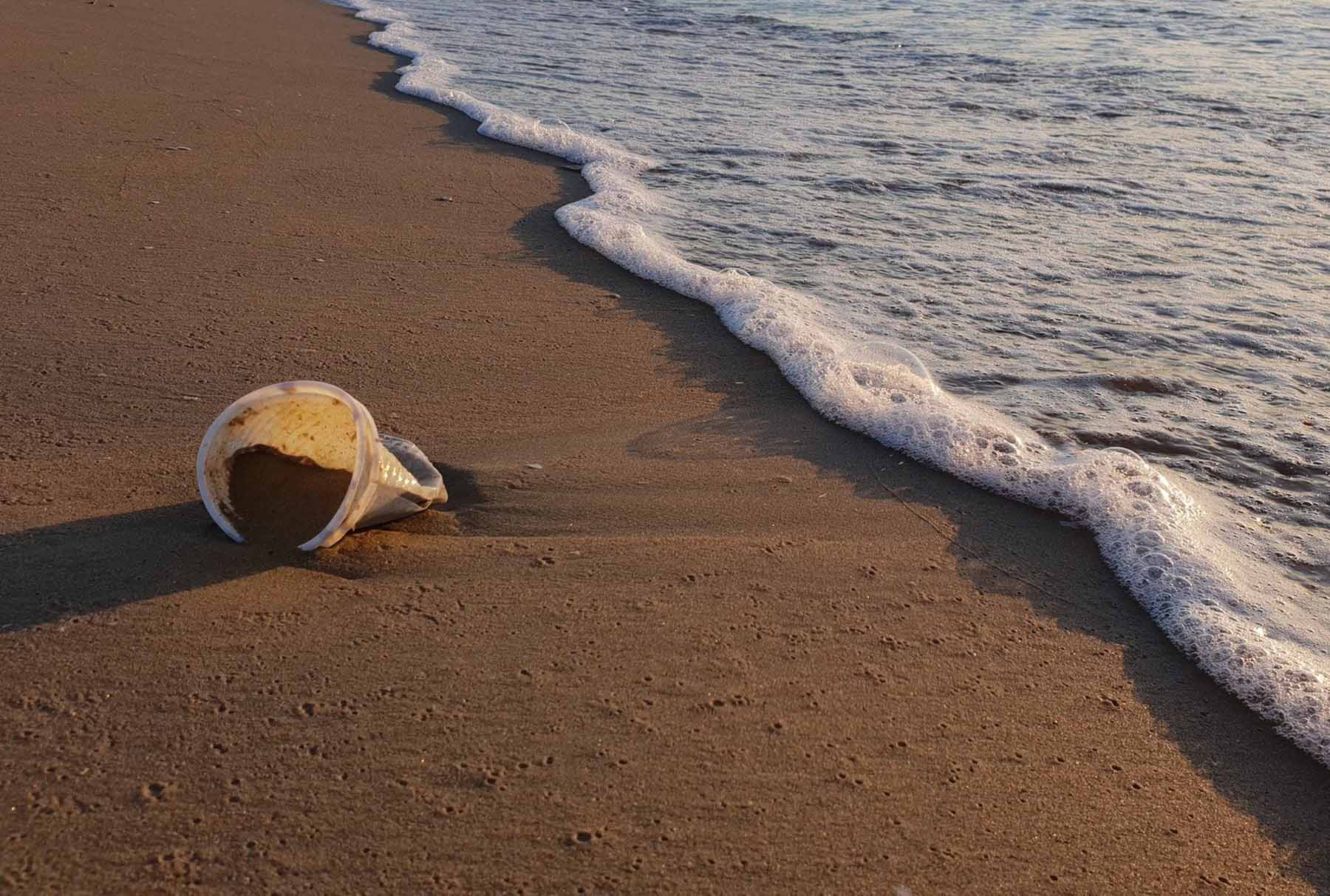Tracking plastics using ocean modelling
Every year, millions of tonnes of plastics enter the marine environment.
Where do the plastics go and how do we find them?
Many of the plastics that enter our oceans sink below the surface. In fact, most of the plastic in our oceans is hidden from sight amid the depths.
Alethea Mountford studies in the School of Natural and Environmental Sciences. For her PhD, she is creating a 3D model of the distribution of plastics in the water column.
“The amount of plastic found at the sea surface is less than one percent of the actual amount of plastic that has gone into the ocean over the 60-70 years plastics have been commercially-produced”, says Alethea.
Nucleus for European Modelling of the Ocean (NEMO) is a general circulation model of the ocean. Alethea used this model to map the distribution of plastics.
It tracks three types of buoyant plastics:
- high-density polyethylene
- low-density polyethylene
- polypropylene
It also tracks four plastics that sink:
- polyvinyl chloride
- polystyrene
- polyethylene terephthalate
- polyurethane
All these plastics are in anything from consumer drink containers to packaging and insulation materials.
Global plastic production reached 395 million tonnes in 2016 and this number is expected to increase.

Far-reaching impact
The impact of the research is potentially far reaching. It enables anyone to see the scale of our plastic footprint on the ocean. Whether the plastics are travelling at depths not far from the surface within 100 metres, or within 3,000-4,000 metres into the abyss.
The research includes studying:
- a range of plastic particle size classes
- degradation over time
- how plastic ages and biofouling
- where plastics increase in density and sink below the euphotic zone
“It would be great if big global corporations took interest in the research, ones that are producing a lot of plastics. They can then see what’s actually happening to their products once they don’t end up getting recycled or thrown away properly”, says Alethea.
Another topic of concern to science and society is how much and for how long have marine animals been consuming plastics. This includes protected species and those important to the fishing industry, such as lobsters.
